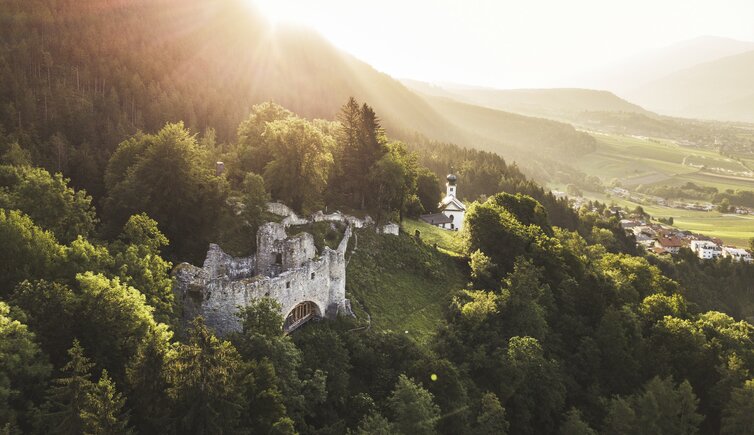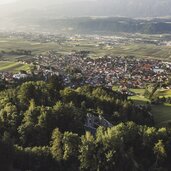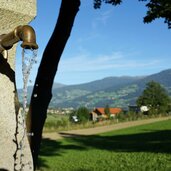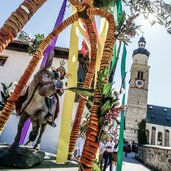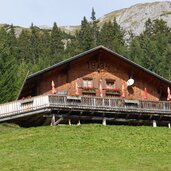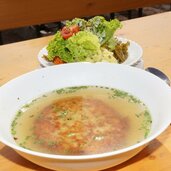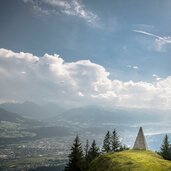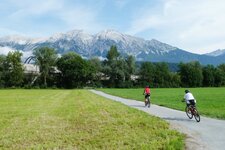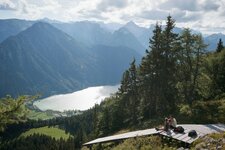In summer, the ruins of Thaur Castle are venue for the open air theatre festival called “Thaurer Schlossspiele”
Image gallery: Thaur
Altitude: 633 m a.s.l.
Thaur is located in the Inn Valley, at the foot of the Nordkette mountain chain, and is one of the "MARTHA Villages", lining the road from Innsbruck to Hall in Tirol. They include Mühlau, Arzl, Rum, Thaur, Absam and Heiligkreuz, a district of Hall in Tirol, and represent the geographical area of origin of the "Mullerlaufen", an ancient Carnival custom. Today, an important role to play has got the cultivation of vegetables, furthermore Thaur is famous for its customs and traditions.
One of the main characteristics of the village are the Mittertenn Farms with their decorative portals and large entrances. Also the handmade Christmas cribs of Thaur are much sought-after. Among the ancient customs there's the above mentioned "Mullerlaufen", a tradition taking place every four to five years, as well as the palm procession, that is only still held in this Tyrolean village. In this so-called "Palm Donkey Procession", a life-size statue of Christ is carried on a life-size carved donkey from the parish church to the castle church, and finally to the neighbouring village of Rum.
Once upon a time, there was a castle at Thaur, which was enlarged to the largest castle complex of the Inn Valley in the 13th century. For several centuries, it served as seat for the court. After a devastating fire and an earthquake, only ruins of Castel Thaur are left. Furthermore, the municipality boasts five churches. One of them is the St. Ulrich Church - the oldest preserved church building of Tyrol -, another one is the "Romedi-Kirchl", a pilgrimage site rising near Thaur Castle above the village. It is presumed, that Saint Romedius inhabited this place.
